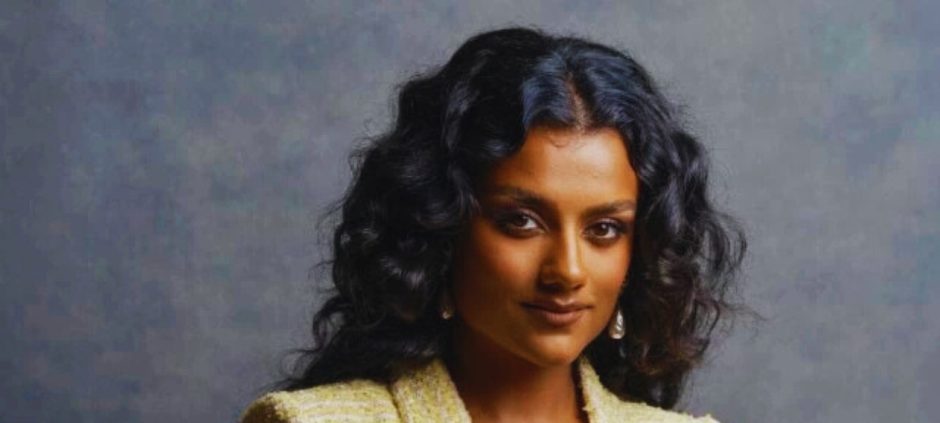When Apple Original Films cast Bridgerton’s Simone Ashley in the upcoming F1 movie, fans expected a significant part—especially after she was seen filming at multiple Grand Prix events. However, early reports from advance screenings reveal her role was slashed to mere seconds, despite on-set photos suggesting a far more substantial presence, including scenes with co-star Damson Idris.
This mirrors a frustrating Hollywood trend: studios heavily promote diverse casting, only to sideline actors of color in the final edit.
The pattern is glaring. In Top Gun: Maverick—directed by F1’s Joseph Kosinski—Manny Jacinto trained extensively as a pilot and shot multiple scenes, only to discover at the premiere that most were cut. “Tom Cruise is writing stories for Tom Cruise,” Jacinto told GQ, highlighting how narratives remain narrowly focused.
Other examples abound: Ray Fisher’s Cyborg was gutted from Justice League; Kiersey Clemons and Zheng Kai were nearly erased from The Flash; John Boyega’s Star Wars role shrank over time, with his character minimized on international posters. These aren’t just editing choices—they reflect an industry that tokenizes diversity in marketing while excluding it in practice.
In response, actors are seizing control. Ashley executive produced and starred in Picture This, while Jacinto emphasized, “We can’t wait for someone else to do it. We have to make them for ourselves.”
But the burden shouldn’t rest on actors alone. Until studios prioritize meaningful representation—not just performative inclusion—these stories will keep repeating.











